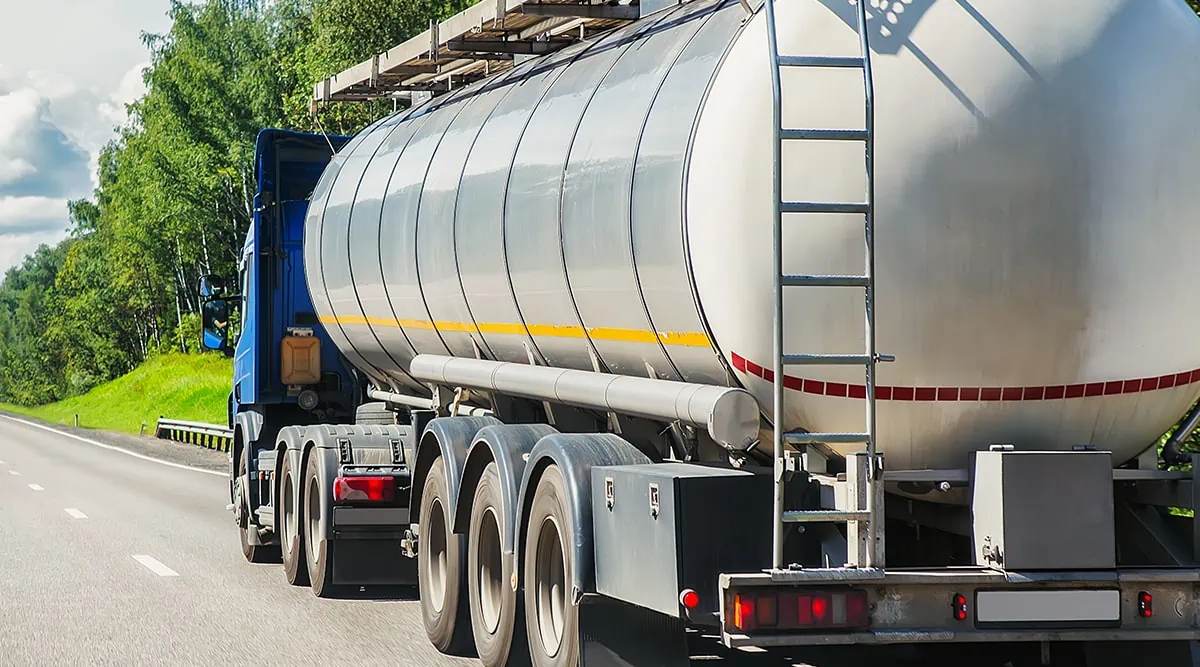Not known Factual Statements About Reclaim Waste
Table of ContentsFacts About Reclaim Waste UncoveredSome Known Facts About Reclaim Waste.The Best Strategy To Use For Reclaim Waste7 Simple Techniques For Reclaim WasteSee This Report on Reclaim Waste
Check out the kinds, occurrences, and forms of fluid waste. Residential sewer waste refers to the waste and products from a domestic septic system. This type of waste is created by people in homes, schools, and various other buildings. This only consists of septic systems that have a drainpipe field. The correct management and disposal of residential sewage waste require fluid waste to be transferred to a sewer treatment plant where the appropriate techniques and tools are put on detoxify and deal with waste.
Commercial waste frequently includes potential hazards, such as flammable materials or a combination of fluid and strong waste items, and requires a more advanced and detailed disposal process. The disposal of industrial waste usually entails the purification of waste prior to transport to guarantee secure and correct disposal. Industrial waste is created from by-products and runoff of commercial procedures and production.
This sort of waste can not utilize the same sewage administration transportation or processes as septic or commercial liquids. The hazardous waste administration procedure needs the evaluation and screening of fluid waste prior to it undergoes the disposal process (liquid waste disposal). Overflow waste is the fluid waste that originates from drainage and excess stormwater in extremely inhabited areas or cities
Drainage waste can trigger contamination and flooding if not managed properly. Ensuring correct waste monitoring can avoid catastrophes and lower environmental damage.
3 Simple Techniques For Reclaim Waste
Get in touch with PROS Solutions today to learn about our waste management and disposal solutions and the proper means to take care of the fluid waste you generate.
(https://triberr.com/reclaimwaste1)Do you understand what occurs to your water when you end, flush the bathroom or drain the washing device? No? Well, it deserves understanding. This supposed 'wastewater' is not just a vital source yet, after therapy, will certainly be released to our land, rivers or the ocean. Made use of water from toilets, showers, baths, kitchen area sinks, washings and commercial procedures is called wastewater.

water used to cool equipment or tidy plant and devices). Stormwater, a kind of wastewater, is overflow that streams from farming and city locations such as roofs, parks, gardens, roads, courses and rain gutters right into stormwater drains, after rain. Stormwater streams neglected directly to local creeks or rivers, ultimately reaching the ocean.
Reclaim Waste for Beginners
In Queensland, the majority of wastewater is dealt with at sewage therapy plants. Wastewater is delivered from domestic or commercial sites via a system of sewage systems and pump stations, known as sewage reticulation, to a sewage therapy plant. City governments construct, maintain and operate most sewer treatment plants. Operators are certified under the Environmental Defense Act 1994 to release cured wastewater at an acceptable ecological requirement right into rivers.
The Division of Natural Resources suggests city governments about managing, operating and keeping sewerage systems and treatment plants. In unsewered areas, local federal governments might call for homeowners to set up specific or family sewer therapy systems to treat domestic wastewater from bathrooms, cooking areas, bathrooms and washings. The Department of Natural Resources authorises making use of household systems when they are shown to be efficient.
In some brand-new subdivisions, treatment of some stormwater to remove litter, sand and crushed rock has actually begun making use of gross contaminant traps. Wastewater treatment happens in 4 stages: Removes solid matter.
Wastewater after that moves into big containers where solids resolve and are gotten rid of as sludge. Grease and scum are skimmed from the surface. Makes use of small living microorganisms called micro-organisms to damage down and eliminate continuing to be dissolved wastes and great particles. Micro-organisms and wastes are included in the sludge. Gets rid of nitrogen and phosphorus nutrients that can cause algal flowers in our rivers and endanger water life.
Some Known Factual Statements About Reclaim Waste
Nutrient removal is not readily available at all sewer treatment plants since it needs expensive specialist devices. Clear liquid effluent produced after treatment may still include disease-causing micro-organisms - liquid waste disposal.

Most wastewater streams into the sewage system. Under the special info Act, regional governments administer authorizations and licences for eco pertinent tasks (ERAs) including wastewater releases that could have a regional influence.
See This Report on Reclaim Waste
Tracking gives factual information concerning water high quality and can validate that permit conditions are being met. The details gotten through tracking supplies the basis for making water top quality decisions.